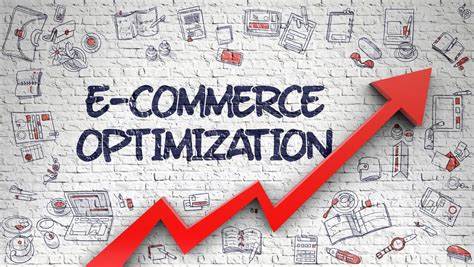
Transitioning From Conventional Business to E-commerce Business
If you have a conventional business that relies on physical stores, you might be wondering how to transition to e-commerce and take advantage of the online market. E-commerce is a booming industry that offers many benefits for both businesses and customers, such as convenience, accessibility, and lower costs. However, transitioning from conventional business to e-commerce is not a simple process. It requires careful planning, strategy, and execution. Here are some steps you can follow to make the transition smoother and more successful.
- Define your goals and target audience.
Before you start building your e-commerce website, you need to have a clear idea of what you want to achieve and who you want to reach. What are your unique selling points? What are the needs and preferences of your potential customers? How can you differentiate yourself from your competitors? These questions will help you define your value proposition and your niche in the online market.
- Choose an e-commerce platform and a domain name.
The next step is to choose an e-commerce platform that suits your needs and budget. There are many options available, such as Shopify, WooCommerce, Magento, and BigCommerce. Each platform has its own features, advantages, and disadvantages, so you need to do some research and compare them before making a decision. You also need to choose a domain name that reflects your brand identity and is easy to remember and spell.
- Design and optimize your website.
Once you have chosen your platform and domain name, you can start designing your website. Your website is your online storefront, so you need to make it attractive, user-friendly, and functional. You need to consider aspects such as layout, navigation, content, images, colors, fonts, and logos. You also need to optimize your website for search engines, mobile devices, and speed. This will help you rank higher on Google, attract more visitors, and reduce bounce rates.
- Set up your payment and shipping methods.
Another important step is to set up your payment and shipping methods. You need to offer a variety of payment options for your customers, such as credit cards, PayPal, Apple Pay, etc. You also need to choose a reliable and cost-effective shipping provider that can deliver your products quickly and safely. You need to calculate your shipping costs and fees and communicate them clearly to your customers.
- Launch and promote your website.
The final step is to launch and promote your website. You need to test your website thoroughly before going live, checking for any errors or glitches that might affect its performance or security. You also need to create a marketing plan that will help you generate traffic and sales for your website. You can use various channels, such as social media, email marketing, SEO, PPC ads, influencer marketing, etc., to reach your target audience and build awareness and trust for your brand.
Transitioning from conventional business to e-commerce is a challenging but rewarding process that can help you grow your business and reach new customers. By following these steps, you can create a successful e-commerce website that will stand out from the crowd and meet the expectations of your customers. For more information on how create a successful e-commerce website, head to our websites at https://www.operion.com.my.


